Symptoms of a sick opossum
If you had to look at a lineup of opossums and determine which one was sick, would you be able to? While that may seem like an outlandish thing to do, knowing how to tell if an animal is unwell could be an incredibly important skill for you to have. For example, if you have an opossum infestation, knowing what sick opossum symptoms look like could help you make better informed, and more importantly, safer decisions.
Even if an opossum appears healthy, that does not necessarily indicate that they are not carrying a dangerous disease. Use this as a guideline to help you make a more informed decision, but do not assume that these are safe animals just because they do not tick all the boxes.
One of the easiest ways to pick out an infected opossum is to take a look at its skin and fur. Look for changes in the color of their skin, spots, or open sores. If you see skin ulcers or tumor-like lumps, these may also indicate that the animal is unwell.
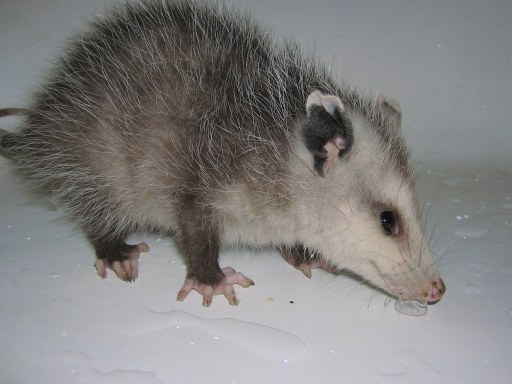
A sick opossum may also be losing its fur in patches or just overall. These symptoms all indicate that the animal is likely suffering from some type of bacterial or fungal disease.
If you notice these symptoms on an opossum in your area you may want to shut your pet door and keep your pets indoors until the animal has been dealt with.
There are also behavioral changes that can indicate the animal is not healthy. If the animal is lethargic this can indicate it is sick. Sick opossums are more dangerous than their healthy counterparts. They are able to spread disease through their bites, scratches, and feces.
If you believe there is a sick possum somewhere near your home, the best thing you could possibly do is get in contact with your local animal control team. They take animal illness incredibly seriously as a sick opossum can infect your pets, farm animals, and even you and your family with whatever diseases they may be carrying.
If you find a dead opossum you should proceed with extreme caution before moving and removing its body from where you found it. Make sure you wear all appropriate PPE.
Select Your Animal
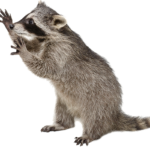
Raccoons
Raccoon Removal Information & How-To Tips
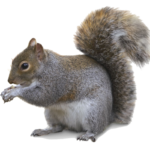
Squirrel
Squirrel Removal Information & How-To Tips
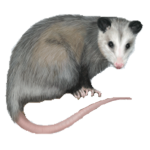
Opossum
Opossum Removal Information & How-To Tips
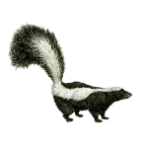
Skunks
Skunks Removal Information & How-To Tips
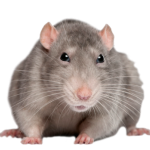
Rats
Rat Removal Information & How-To Tips
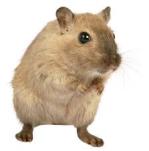
Mouse
Mouse Removal Information & How-To Tips
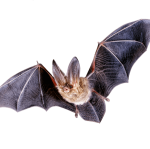
Bat
Bat Removal Information & How-To Tips
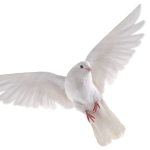
Bird
Bird Removal Information & How-To Tips
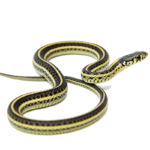
Snake
Snake Removal Information & How-To Tips
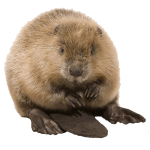
Beaver
Beaver Removal Information & How-To Tips
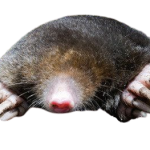
Mole
Mole Removal Information & How-To Tips
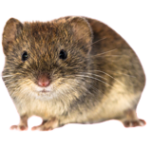
Vole
Vole Removal Information & How-To Tips

Gopher
Gopher Removal Information & How-To Tips
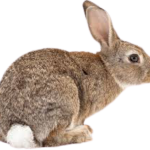
Rabbit
Rabbit Removal Information & How-To Tips
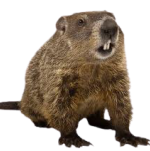
Woodchuck
Woodchuck Removal Information & How-To Tips
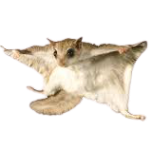
Flying Squirrel
Flying Squirrel Removal Information & How-To Tips
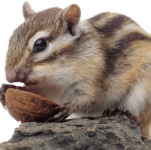
Chipmunk
Chipmunk Removal Information & How-To Tips
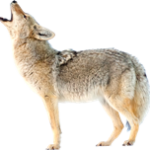
Coyote
Coyote Removal Information & How-To Tips
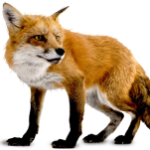
Fox
Fox Removal Information & How-To Tips

Wild Hog
Wild Hog Removal Information & How-To Tips
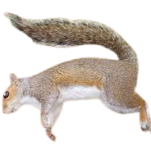
Dead Animal
Dead Animal Removal Information & How-To Tips